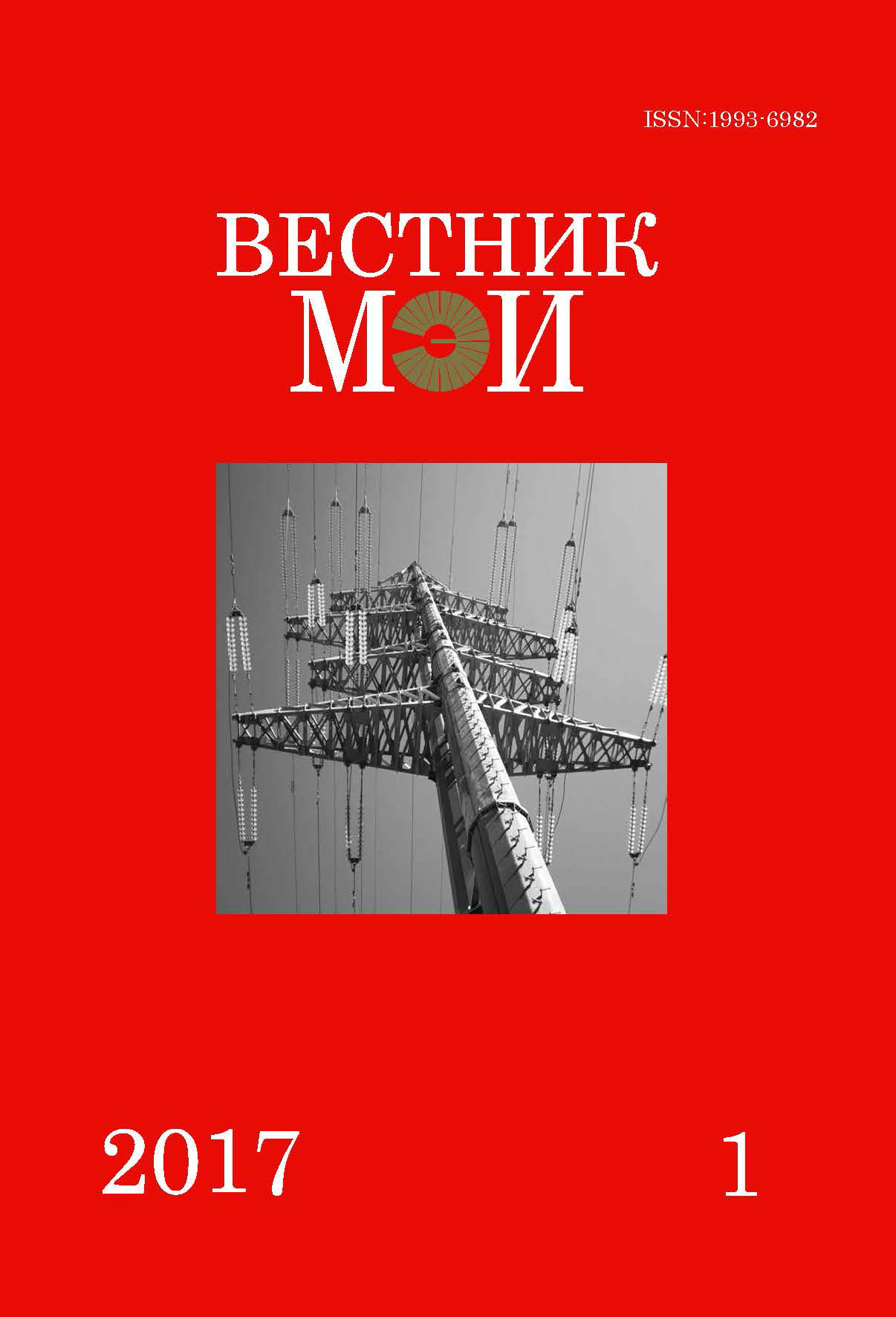Исследование сигналов матричного вихретокового преобразователя
Аннотация
Приведен анализ сигнала матричного вихретокового преобразователя. Представлены рекомендации по геометрическим параметрам и зазору между преобразователем и поверхностью объекта контроля. Показано влияние электрической проводимости и магнитной проницаемости, а также возможность оценить каждую из них по отдельности. Показано, что эффект от коррозии эквивалентен суммарному воздействию магнитных и электрических параметров объекта Для выбора параметров преобразователя исследовано влияние расстояния между катушками на сигнал, наводимый катушкой возбуждения на соседнюю катушку. Ток возбуждения может включаться в каждую из катушек преобразователя попеременно, и магнитное поле, создаваемое катушкой возбуждения, вызывает появление сигнала в соседних катушках. Этот сигнал определяет уровень помех. Показана перспективность использования трансформаторных матричных преобразователей, конкурентно способных наряду с другими видами преобразователей. Выбран численный метод расчета режимов контроля и оценки сигналов, соответствующих контролируемым и мешающим параметрам. Даны практические рекомендации по выбору режимов контроля. Исследованы сигналы, создаваемые катушкой возбуждения в соседней с ней измерительной катушке, расположенной вплотную к возбуждающей, когда их взаимное влияние наибольшее. Исследование проведено для преобразователя как без объекта контроля, так и при размещении преобразователя над плоским ферромагнитным объектом и над немагнитными объектами с большой (алюминий) и маленькой (титан) электрической проводимостью. Сравнение годографов показало возможность раздельного определения электрических и магнитных свойств объектов контроля. Определены сигналы вихретоковых преобразователей для дефектов типа трещин при разных их положениях. Отмечено, что различные положения трещин вызывают сигналы, значительно отличающиеся по фазе. Это дает возможность оценивать положение трещин и их глубину.
Литература
2. URL: http://www.olympus-ims.com/ru/omniscan-eca/
3. URL: http://www.pergam.ru/catalog/nondestructive_ testing/eddy_current_testing/ matrix/
4. Беда П.И., Сапунов В.М., Поляков А.И., Путников Ю.Г. Методические рекомендации по применению вихретоковых измерителей электрической проводимости для контроля свойств немагнитных материалов деталей» авиационной техники // ВВС. 1992. Вып. № 6519.




